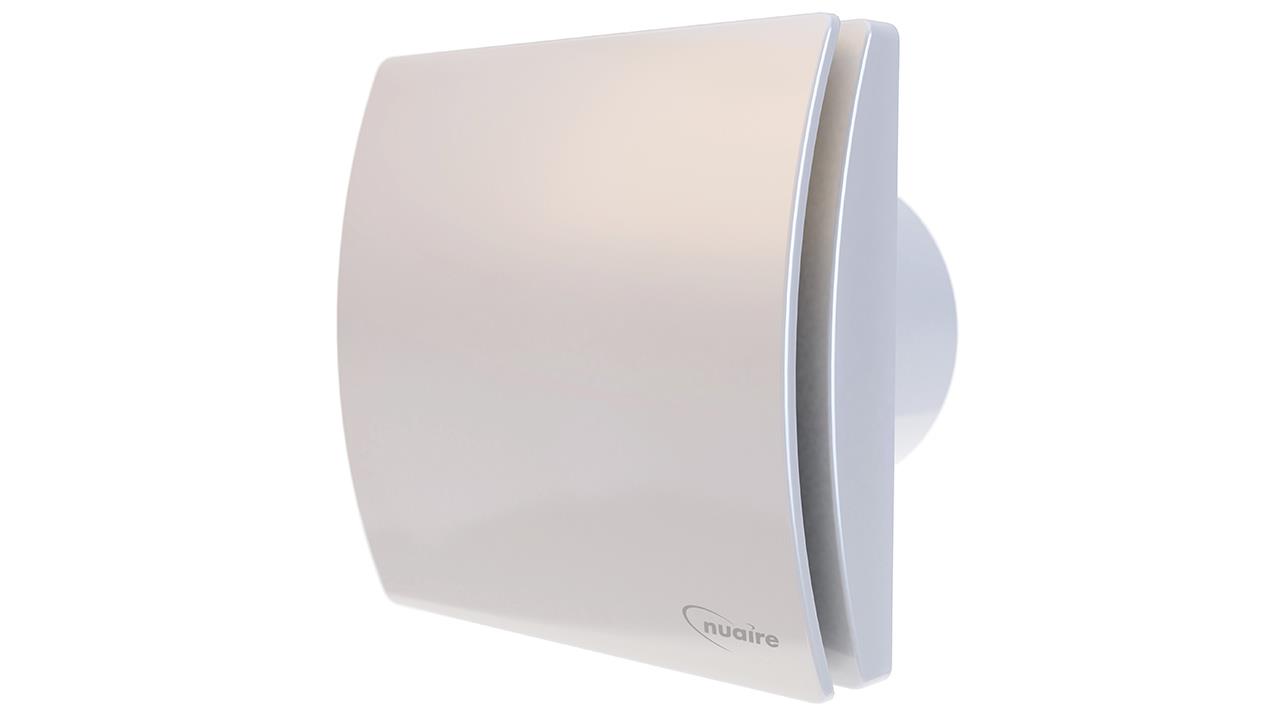

As the weather gets colder, condensation becomes a more common problem in our homes.
Condensation occurs when warm air collides with cold surfaces, and the air cannot hold all of the moisture, which then causes tiny drops of water to appear. Moisture is released into the air in our homes through daily activities such as washing, cooking, drying, showering, and bathing, with an average family of four producing up to 14l of water vapour in just 24 hours.
Many homes have inadequate ventilation, and this often remains undiscovered until condensation, dampness, and mould develop in the property. As we have seen in the press, this can lead to tenant complaints, negative PR for the landlord and, in some cases, legal action under the Homes Act 2019. Because extract fans are not regularly maintained, it can be almost impossible for landlords to know if their extract fan is performing effectively until it’s too late.
The Homes (Fitness for Human Habitation) Act (which came into effect March 2019) makes changes to the Landlord and Tenant Act 1985, placing new obligations on private and social landlords to ensure that residential properties are put and kept in a condition fit for human habitation. The law is designed to prevent tenants from living in unsafe or unsanitary conditions, such as damp, poorly ventilated properties.
It also allows tenants to bring court actions directly without involving the landlord, forcing landlords to perform improvement works and potentially claim compensation.
Ensuring the correct ventilation is fitted to a property will negate the damp problems, improve the tenant’s indoor environment, and ensure the landlords fulfil their duty of care.
Within the repairs and maintenance sector, the testing and commissioning of continuous extract fans is far less regulated than in the newbuild sector. Many continuous extract fans in the market are perceived to meet Building Regulations, but they often don’t meet the required duty upon inspection. As a result, the property is under-ventilated, leading to problems with mould, condensation, and poor indoor air quality.
One of the issues encountered by social landlords is the importance of tenant acceptability when selecting and installing ventilation equipment, which is particularly true of extract fans. Many traditional extract fans are controlled by the tenants themselves and therefore rely on them being turned on manually, which cannot always be reliable.
Here are some features to consider when choosing extract fans to ensure tenant acceptance:
The homes people live in must have adequate ventilation that enables the residents to control the amount of moisture they produce. It is essential that the correct units are selected to get the right outcome for the tenant, the landlord, and the property.
If you'd like to keep up-to-date with the latest developments in the heating and plumbing industry, why not subscribe to our weekly newsletters? Just click the button below and you can ensure all the latest industry news and new product information lands in your inbox every week.